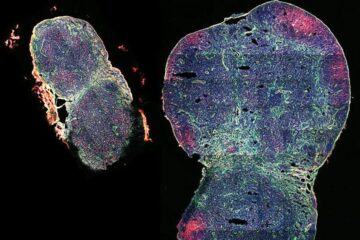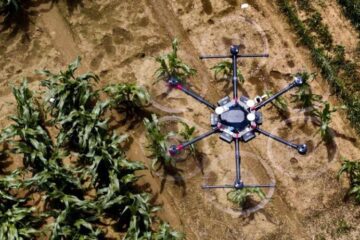Superbug complicates treatment of infections in cystic fibrosis

CF patients produce large quantities of sticky mucus in their lungs that is difficult to expel and is easily infected by bacteria. A recent treatment for CF, inhalation of a sugar called mannitol, works by attracting moisture into the lungs.
This thins the mucus making it easier to disperse. However, recent research by Professor John Govan and colleagues at the University of Edinburgh, published in the journal Microbiology has shown that when Bcc bacteria are grown on mannitol they produce a sticky substance called exopolysaccharide (EPS) which could contribute to the very problem that the mannitol therapy was designed to solve.
Infections caused by slime-producing bacteria are particularly difficult to treat in CF patients. The bacterial slime combines with the debris of the body's own defence cells to form a biofilm which protects the bacteria against both natural defences and antibiotics. And Bcc is an especially virulent bug.
“Burkholderia make other superbugs look like wimps”, said Professor Govan, “They not only have larger genomes (hence genetic potential) and are resistant to almost all antibiotics, they can even use antibiotics such as penicillin as a nutrient. One of the problems is that when they are grown under normal laboratory conditions they do not produce the exopolysaccharide slime so their potential for causing serious infection may have been underestimated. We grew them on onion tissue – they were first identified in the 1950's as the cause of onion rot – and found that then they produced copious amounts of slime. Onion tissue contains a lot of simple sugars, including mannitol”.
Since Professor Govan's work was published, further potential complications in CF patients caused by the Burkholderia bacteria have been identified. Commenting on the work in the current issue of Microbiology, Dr David Reid, from the Menzies Research Institute, Hobart, Australia, and Dr Scott Bell from The Prince Charles Hospital, Brisbane, Australia, have suggested that the increased levels of sugar in the blood of CF patients with diabetes could contribute to Burkholderia infections.
“CF-related diabetes affects almost one-third of adults with CF”, said Dr Reid, “But no comprehensive studies have been carried out to investigate the effect of diabetes on Burkholderia infection. We will need international collaboration to ensure there are sufficient patient numbers to make any survey statistically significant”.
“CF patients known to have Burkholderia infections have been excluded from the clinical trials of mannitol therapy”, he went on, “But the obvious concern is that, despite Professor Govan's findings, patients with Burkholderia infections will be prescribed mannitol – because mannitol works very well for CF patients with infections caused by a bug called Pseudomonas aeruginosa which consitute the vast majority of the CF population”.
In a further twist to the tale, one of the most virulent strains of Burkholderia lacks the gene that causes the bacterium to produce slime – and so CF patients infected with this particular variety might be able to benefit from mannitol therapy. However less virulent Burkholderia strains can use the mannitol to produce slime and make the infections they cause much more severe.
Media Contact
More Information:
http://www.sgm.ac.ukAll latest news from the category: Life Sciences and Chemistry
Articles and reports from the Life Sciences and chemistry area deal with applied and basic research into modern biology, chemistry and human medicine.
Valuable information can be found on a range of life sciences fields including bacteriology, biochemistry, bionics, bioinformatics, biophysics, biotechnology, genetics, geobotany, human biology, marine biology, microbiology, molecular biology, cellular biology, zoology, bioinorganic chemistry, microchemistry and environmental chemistry.
Newest articles

Insect research is revolutionized by technology
New technologies can revolutionise insect research and environmental monitoring. By using DNA, images, sounds and flight patterns analysed by AI, it’s possible to gain new insights into the world of…

Expanding a lymph node, boosting a vaccine
A biomaterial vaccine enhances and sustains lymph node expansion following vaccination, boosting anti-tumor immunity in an animal model. Each one of us has around 600 lymph nodes (LNs) – small,…

AI to Make Crop Production More Sustainable
Drones monitoring fields for weeds and robots targeting and treating crop diseases may sound like science fiction but is actually happening already, at least on some experimental farms. Researchers from…





















